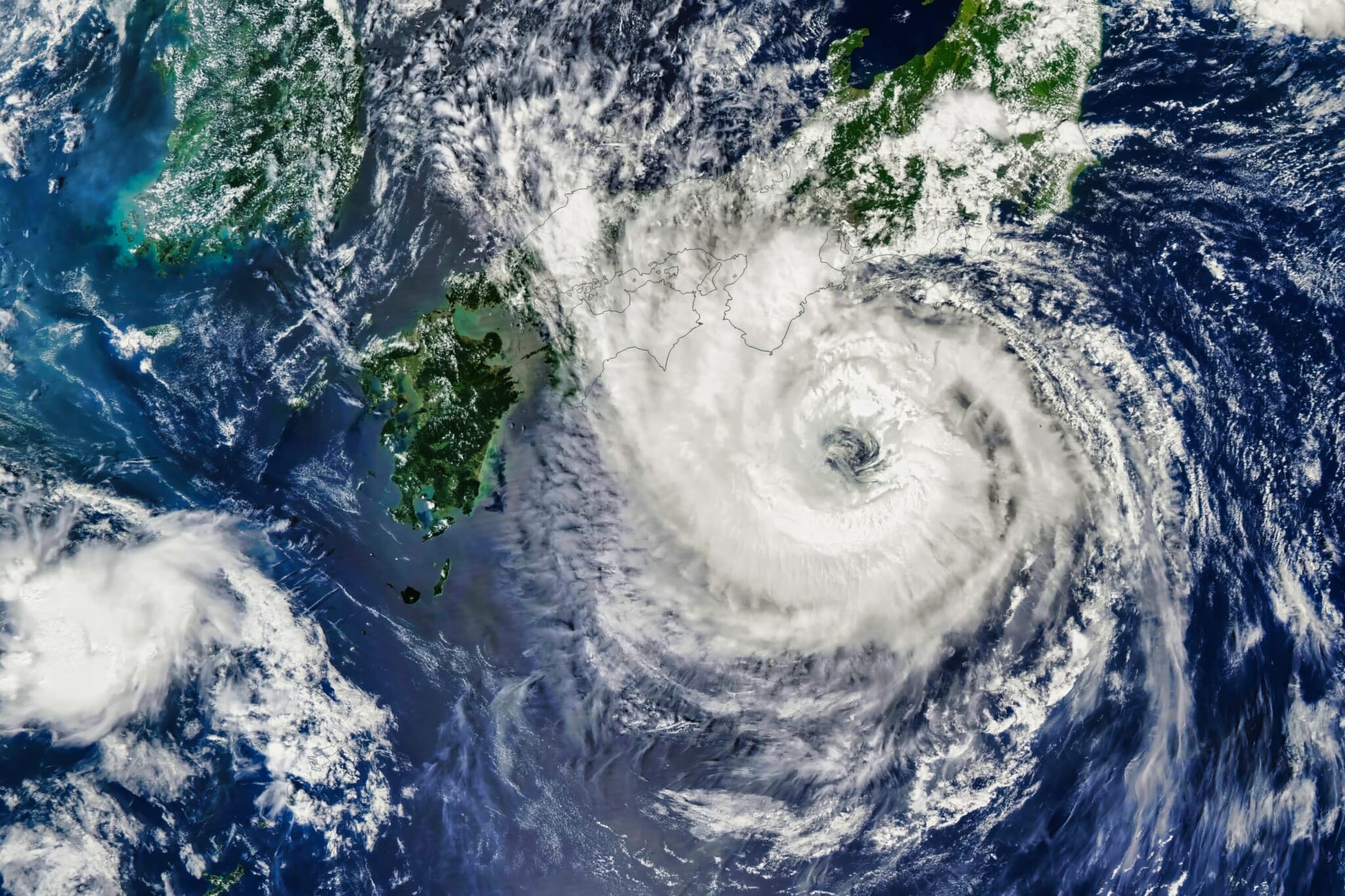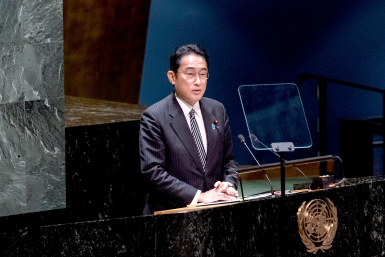Update: According to NHK, at 10:30 a.m. on Thursday, the Japan Meteorological Agency (JMA) downgraded emergency warning for strong winds and high waves to warnings for Kagoshima Prefecture.
At around 1 p.m. on Wednesday, the JMA issued a rare emergency warning for most of Kagoshima Prefecture as Typhoon Shanshan slowly headed in a northerly direction south of the island of Yakushima (excluding the Amami region). It is only the second time such an alert has been issued for a typhoon outside Okinawa. Heavy rain clouds are expected to develop over the neighboring prefectures of Kagoshima and Miyazaki through Wednesday night. According to the JMA, the typhoon could make landfall on the southwestern main island of Kyushu on Thursday morning.
The agency said that Shanshan — this year’s 10th typhoon — might attain “once-in-several-decades” strength, which could bring unprecedented violent winds, high waves and rough seas. There is also a possibility of landslides, flooding and some residences being destroyed because of the winds. People have been urged to “immediately take action to protect lives.” In Kagoshima, an evacuation advisory was issued for about 118,000 households, or about 228,000 people. The JMA predicts that Southern Kyushu will see around 600 millimeters of rainfall between 6 a.m. on Thursday morning and the same time the following day.
Hundreds of flights — mainly to and from Kyushu — have been canceled due to the typhoon. Kyushu Railway Co. is also planning to cancel all of its local train and bullet train services from Thursday afternoon. Additionally, postal services have been suspended in the region and many stores plan to close early.
About Japan’s Emergency Warning System
The JMA launched the Emergency Warning System in 2013. According to the agency’s website, “Emergency Warnings are issued to alert people to the significant likelihood of catastrophes in association with natural phenomena of extraordinary magnitude.” They are “intended for extraordinary phenomena such as the major tsunami caused by the 2011 Great East Japan Earthquake by which 18,000 people were killed or left missing, the 1959 storm surge in Ise Bay caused by Typhoon Vera, by which more than 5,000 people were killed or left missing, and the 2011 heavy rain caused by Typhoon Talas, by which around 100 people were killed or left missing.” The Emergency Warning System has been issued because of typhoons three times before in Japan: for Miyakojima Island in 2014, for the Okinawa main island in 2016 and for Kagoshima Prefecture in 2022.









